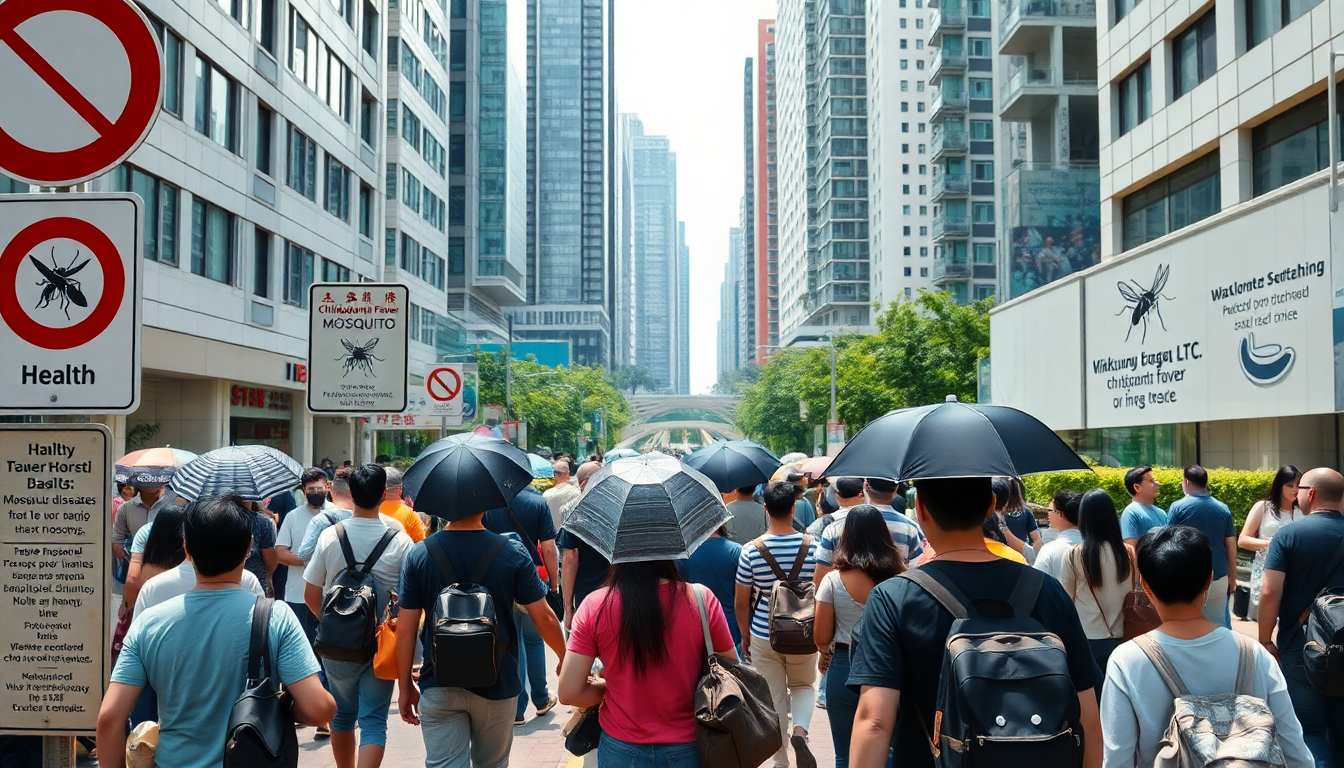Table of Contents
Recent reports from Hong Kong have raised eyebrows with a spike in chikungunya fever cases. Health authorities have confirmed a new imported case and identified a probable patient. With the tally of confirmed cases on the rise, it’s vital to grasp what this means for public health and the steps we can take to protect ourselves. So, what’s really going on?
Overview of the Current Situation
In just one week, Hong Kong has recorded five confirmed cases of chikungunya fever. The latest involves a 66-year-old woman from the Kwai Tsing district, who also happens to have a history of chronic illness. This case highlights the risks tied to international travel and the transmission of mosquito-borne diseases. According to an initial investigation by the Centre for Health Protection, the woman traveled solo to Foshan in Guangdong province from July 24 until the previous Tuesday. Interestingly, she couldn’t recall any mosquito bites during her trip, raising questions about how these diseases spread.
After returning, she started experiencing fever, rash, and joint pain on Wednesday, which led her to seek medical help at Yan Chai Hospital in Tsuen Wan the following day. Blood tests confirmed she had contracted the chikungunya virus, but thankfully, her condition remained stable. This situation underscores the importance of monitoring our health post-travel and recognizing symptoms early to get timely medical care.
Understanding Chikungunya Fever and Its Transmission
So, what exactly is chikungunya fever? It’s a viral disease primarily transmitted by Aedes mosquitoes, which thrive in tropical and subtropical areas. Symptoms often include fever, severe joint pain, rash, and fatigue. While it’s rare for chikungunya to be fatal, the joint pain it causes can be incredibly debilitating, lingering for weeks or even months. The recent cases in Hong Kong serve as a wake-up call about the disease, particularly for those with existing health issues.
As chikungunya fever cases rise in various regions, it’s crucial for travelers to understand the risks, especially in areas where the disease is prevalent. Simple preventative measures, like applying insect repellent, wearing protective clothing, and ensuring your accommodations are mosquito-proof, can significantly lower your risk of infection. Health authorities have a key role in educating the public about these precautions and monitoring the spread of such diseases.
Public Health Response and Future Precautions
In light of these recent cases, it’s likely that health officials in Hong Kong will ramp up their surveillance and public health campaigns regarding mosquito-borne diseases. The emergence of new cases is a clear reminder for public health officials to stay vigilant and enhance strategies to control mosquito populations and prevent disease transmission.
Travelers should keep an eye on health advisories and take necessary precautions before heading to affected regions. Plus, it’s essential for the community to proactively report any unusual health symptoms after travel to ensure swift intervention and care.
As Hong Kong tackles this health challenge, it’s crucial for individuals and communities to stay informed and engaged in preventive measures. After all, protecting public health and minimizing the risks associated with chikungunya fever is a shared responsibility.


